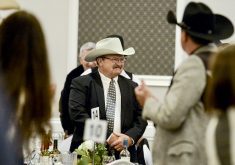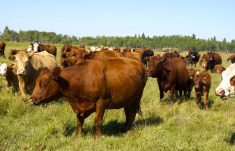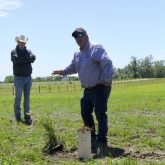Drought in Western Canada and Quebec prompted the federal government to release an initial list of regions eligible for livestock tax deferrals in late July.
The livestock tax deferral provision allows livestock producers in prescribed drought, flood or excess moisture regions to defer a portion of their 2019 sale proceeds of breeding livestock until 2020 to help replenish the herd. The cost of replacing the animals in 2020 will offset the deferred income, thereby reducing the tax burden associated with the original sale.
“Canadian producers have had to face numerous challenges due to extreme weather conditions. It is a priority for our government to quickly determine how the livestock tax deferral will be authorized to ensure that our producers have the support necessary to make informed herd management decisions and to help them keep their businesses strong,” said Marie-Claude Bibeau, minister of Agriculture and Agri-Food, in a release.
Read Also

Growing Canada’s beef herd: CCA’s priorities working with new federal government
This is my first column since the federal election. The Canadian Cattle Association works with all elected officials and parliamentarians, regardless…
The criteria for identifying regions for livestock tax deferral is forage shortfalls of 50 per cent or more caused by drought or excess moisture. Eligible regions are identified based on weather, climate, and production data, in consultation with industry and provinces.
Eligibility for the tax deferral is limited to producers located inside the designated areas. Producers in those regions can request the tax deferral when filing their 2019 income tax returns.
















